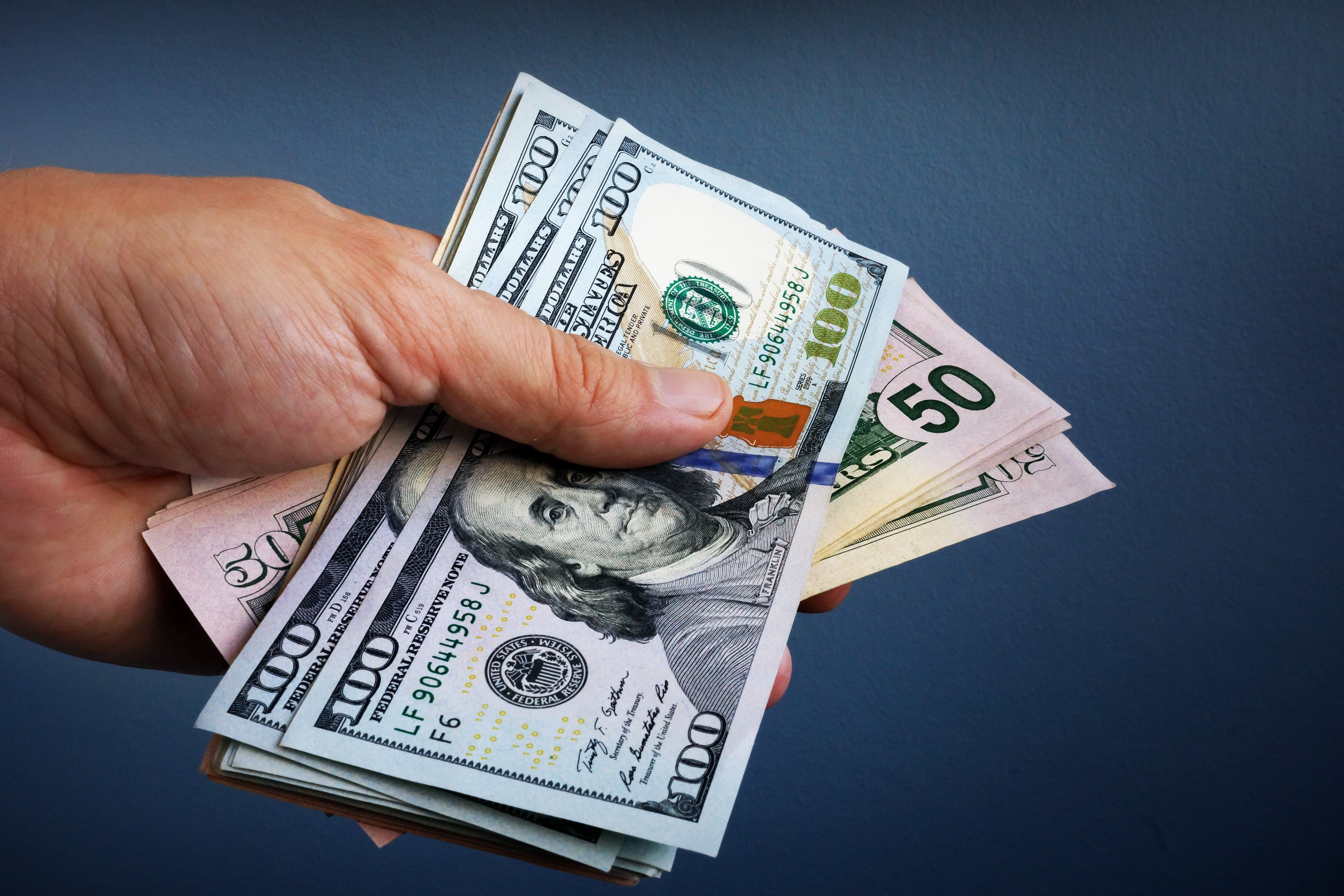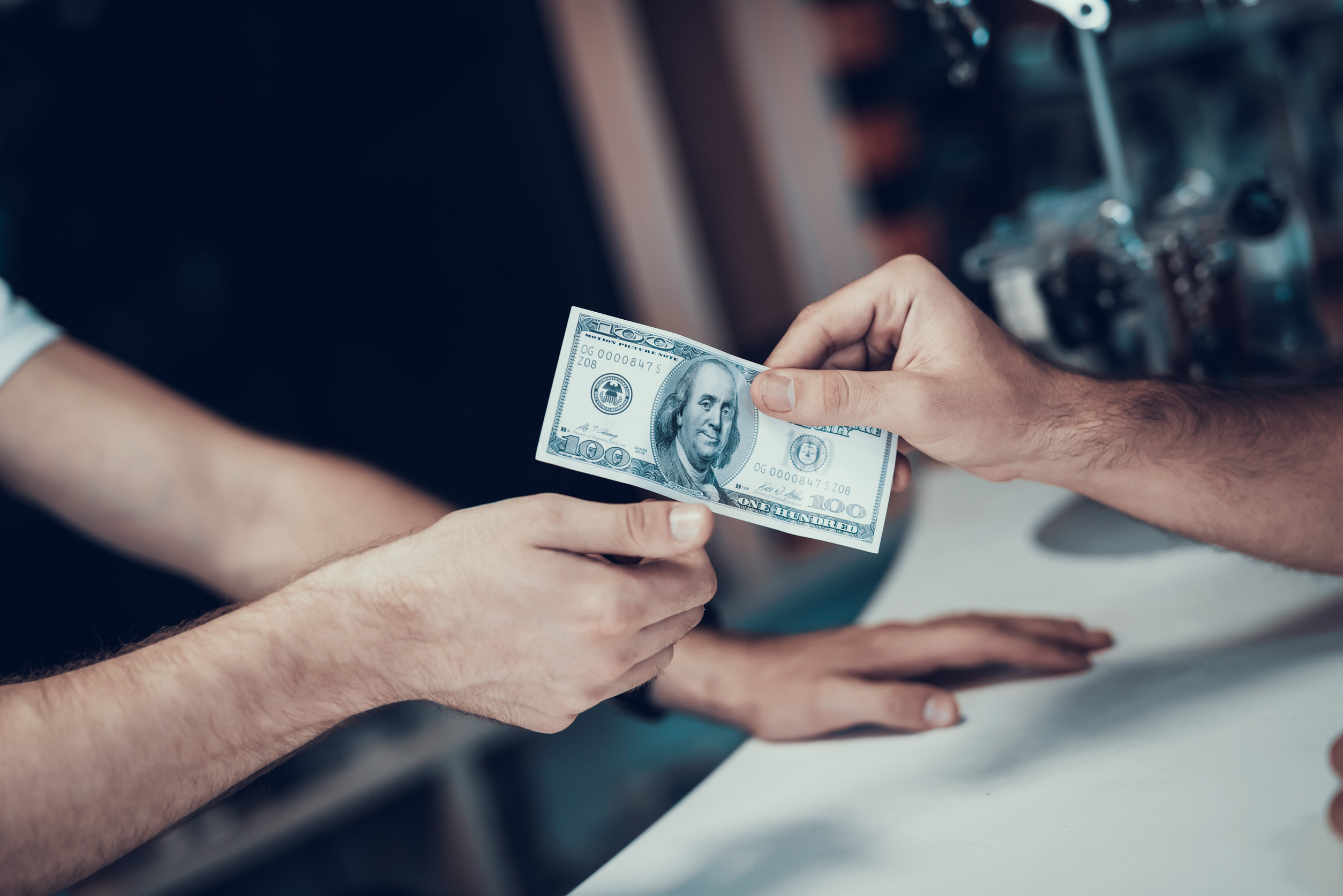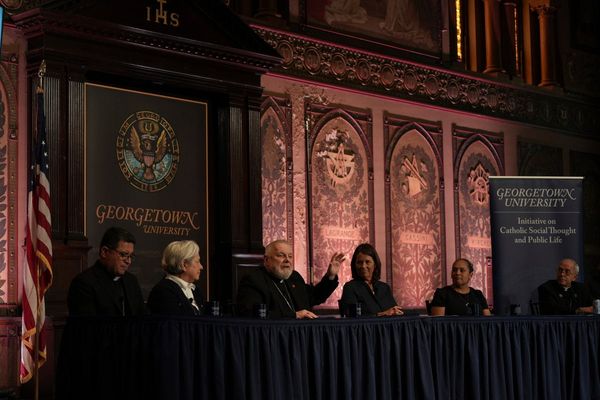
BNPL—Buy Now, Pay Later—was supposed to be a little helper, not a new lifestyle. The idea of splitting a purchase into four easy payments feels harmless, even savvy, when the checkout screen flashes that tempting option. But underneath the sleek convenience, small behaviors quietly pile up and reshape how people borrow money.
BNPL isn’t a single big leap into debt; it’s a series of subtle nudges that turn daily shopping into constant financing. These seven impulses explain how everyday spending slides into a cycle of invisible borrowing.
1. The Instant Gratification Switch
When the brain sees “pay $25 now instead of $100 today,” it lights up like a holiday sale sign. That small shift removes the friction of waiting, and suddenly the purchase feels lighter than it really is. The shopper isn’t holding back anymore—they’re pressing the green button because the sting of paying full price is gone. The mind interprets BNPL as a discount when it’s just a delayed payment in disguise. That quick yes is the gateway impulse, and it sets the pace for every purchase that follows.
2. The “It’s Just One Payment” Illusion
A single installment looks harmless on its own, so the brain happily rationalizes it away. That tiny charge blends in with coffee runs, takeout, or a streaming bill—basically, background noise in the budget. The trouble starts when multiple “just one payments” stack together, creating a sneaky chorus of obligations. Suddenly, the end of the month arrives with more small payments than expected. The illusion of manageability vanishes, and what looked like a trickle has turned into a flood.
3. The Reward Hit From Checking Out
Shoppers get a mini dopamine rush from clicking “place order,” and BNPL amplifies that reward loop. By splitting the bill, it feels like a lighter, smarter choice, which reinforces the pleasure of the purchase. The brain rewards itself not just for getting the item, but also for feeling financially clever. That double dose of satisfaction turns checkout into an addictive cycle. The pattern keeps people coming back, buying more often, and convincing themselves it’s always affordable.
4. The False Sense of Extra Cash
Seeing a smaller charge at checkout tricks the mind into believing there’s more room left in the wallet. Instead of budgeting for the full price, shoppers free up spending power that doesn’t truly exist. That extra “wiggle room” often gets filled with another impulse buy, which leads to a double layer of payments. What looks like saving money is actually multiplying obligations. The quiet impulse is thinking there’s leftover cash when, in reality, future paychecks are already spoken for.

5. The Mental Shortcut of Forgetting
When four payments are stretched over weeks, it’s easy to lose track of how many are active at once. The brain files away the purchase as “already paid” after the first installment, even though more charges are on the horizon. That mental shortcut erases the weight of debt from memory, leaving the impression of freedom. When reminders finally arrive, they don’t feel like debt—they feel like surprise expenses. Forgetting doesn’t cancel the payments; it only masks them until reality lands.
6. The Comfort of Blended Payments
BNPL taps into the comfort zone of subscription culture, where everything feels like a manageable monthly fee. The rhythm of automatic payments makes borrowing blend in with normal spending. A payment toward shoes feels no different than paying for Netflix, which dulls the alarm bells of debt. This comfort normalizes constant borrowing, making it feel routine instead of risky. Over time, the line between entertainment costs and financing debt blurs into one quiet stream of charges.
7. The Safety Net Fantasy
Many users treat BNPL as a safe backup plan rather than what it is: a form of credit. That quiet impulse whispers, “You’ll handle it later,” creating the illusion of a built-in safety net. But unlike true emergency tools, BNPL doesn’t provide financial protection—it multiplies repayment deadlines. The fantasy of safety keeps people from facing the long-term cost of juggling multiple plans. Instead of being a cushion, BNPL becomes another weight to carry month after month.
The Slippery Slide Into Everyday Borrowing
BNPL isn’t just a payment tool; it’s a series of quiet psychological triggers that reshape how people spend. Each impulse chips away at financial caution until borrowing feels as normal as ordering dinner. That’s the real shift—borrowing no longer feels like debt, just everyday life on repeat. Recognizing these triggers is the first step toward breaking the cycle and using BNPL responsibly instead of habitually.
What do you think—have these quiet impulses shaped how people spend without realizing it? Share your thoughts or drop a comment below.
You May Also Like…
9 Signs Your “Buy Now, Pay Later” Habit is a Financial Red Flag
How Panic Buying Behaviors Breach Your Budget Without You Seeing It
10 “Secure” Payment Apps That Have Been Hacked This Year
11 Things You Should ALWAYS Buy Generic (And 5 You Shouldn’t)
10 Cheap Furniture Buys That Ended Up Costing Thousands
The post 7 Quiet Impulses That Turn BNPL Into Everyday Borrowing appeared first on Everybody Loves Your Money.







